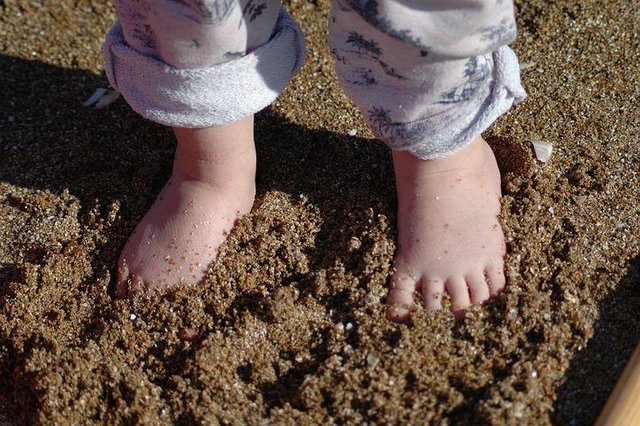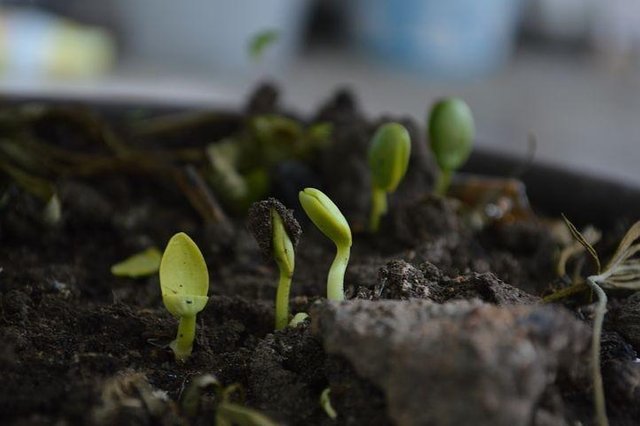SOIL SALINITY
Salinity is the amount of salt in the soil or water. The most dominant salt in saline soil is common salt, sodium chloride (NaCl).
Varying amounts of calcium, magnesium and potassium chlorides and sodium sulfates can also occur.
It is important to know the level of salinity, this determines:
The types of plants that will grow in the soil, and their yield potential
The characteristics of a soil
The quality of water for irrigation, domestic, industrial and stock use
The extent of the problem
How is salinity caused?
Natural salinity
Salt is a constituent of nearly everything in nature. Sodium is found in nearly all rocks and is abundant in soil minerals. Coastal breezes carrying salt can deposit significant amounts, while natural rainfall contains small but measurable quantities of sodium chloride. Natural rainfall is, however, usually considered beneficial in flushing salt from the root zone. Natural salt deposits occur where there are groundwater flunctations, where salty water is discharged, or where topsoil is removed to reveal saline scalds.
Groundwater fluctuations
When the water table rises due to fluctuations in rainfall, salt is dissolved from deeper layers and can be deposited in the root zone when the water evaporates from the surface. This tends to be a periodic occurrence, but over time it causes salt accumulation.
Salt lakes
Saline ground water has the potential to build up enormous amounts of pressure particularly if it is confined within a layer of coarse sediment or porous rock, called an aquifer. This pressure is released at an aquifer outlet or discharge area, resulting in the formation of a salt lake.
Scalds
Saline scalds develop when topsoil is removed to expose a subsoil that is high in Salt. The saline subsoil is often a result of salt blown from the dry beds of salt lakes. The saline topsoil is also blown from adjacent areas and deposited over long periods of time. Natural rainfall flushes the salt through the sandy topsoil to the less permeable subsoil, where it accumulates in large amounts. When wind erosion exposes the subsoil a scald is formed.
Induced salinity
In many cases human intervention is responsible for salinity problems,in both irrigation and dryland areas.
Irrigation
Farming methods that result in excessive amounts of irrigation water percolating through the soil profile have been responsible for increasing the height of the water table. When large quantities of water are applied to a soil that is quite permeable or water is left on less permeable soils for long periods of time, the water table will rise rapidly. It may bring with it large amounts of dissolved salts. When the water is evaporated from the surface, the dissolved salt will remain behind in the root zone.
Dryland salinity
Farming practices have involved the removal of large numbers of trees that previously pumped water from the soil to the atmosphere by transpiration. Pastures and crops that have replaced tree cover pump much less ground water because of their shallow roots and smaller leaf area. Water tables therefore rise with rainfall, bringing dissolved salt nearer the surface.
Thanks
Elizabethlizzy



Congratulations! This post has been upvoted from the communal account, @minnowsupport, by elizabethlizzy from the Minnow Support Project. It's a witness project run by aggroed, ausbitbank, teamsteem, theprophet0, someguy123, neoxian, followbtcnews, and netuoso. The goal is to help Steemit grow by supporting Minnows. Please find us at the Peace, Abundance, and Liberty Network (PALnet) Discord Channel. It's a completely public and open space to all members of the Steemit community who voluntarily choose to be there.
If you would like to delegate to the Minnow Support Project you can do so by clicking on the following links: 50SP, 100SP, 250SP, 500SP, 1000SP, 5000SP.
Be sure to leave at least 50SP undelegated on your account.